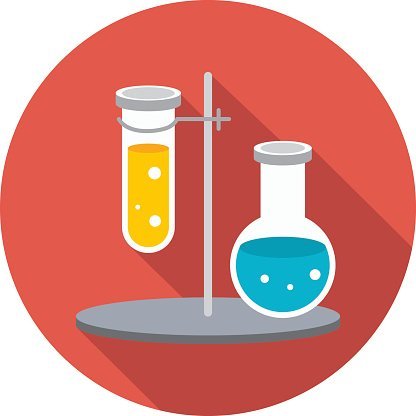- Home
-
Test Categories
- Diabetes
- Urinary
- Thyroid
- RTPCR
- Genetic
- Cancer
- Haematology
- Biochemistry
- Serology & Immunology
- Clinical Pathology
- Cytology
- Microbiology
- Endocrinology
- Histopathology
- MOLECULAR DIAGNOSTICS
- Pregnancy(Biochemistry)
- Liver
- Prostate
- Fertility
- Gastro
- Autoimmune Disorders
- Heart
- Kidney
- Vitamins
- Tuberculosis (TB)
- Anemia
- Fever
- Allergy
- Blood Tests Rare
- Profiles
- Packages
- About Us
- Why Choose Us
- Upload Prescription
- Corporate Wellness
- Contact Us

-
Overview
Fungal Smear is a diagnostic test used to detect the presence of fungi in various body sites, including the skin, nails, hair, oral cavity, vagina, or other affected areas. The test involves collecting a sample from the suspected infected area and examining it under a microscope, often using special stains (such as potassium hydroxide, KOH) to identify fungal elements like hyphae, spores, or yeast cells. Fungal smears are crucial for diagnosing fungal infections, such as dermatophytes, candidiasis, and other mycotic infections, allowing for targeted treatment.
Patient Preparation for Fungal Smear
Fasting Requirements:
- Fasting: No fasting is required for this test. The patient can eat and drink normally unless otherwise instructed by the healthcare provider.
Other Preparations:
- Avoid Topical Treatments: Avoid using antifungal creams, powders, lotions, or any other topical treatments on the area to be tested for at least 24-48 hours before the sample collection, as these may interfere with the results.
- Clean the Area: Gently clean the area with water if instructed, but do not scrub or apply any disinfectants before the test.
Sample Collection Process by Speediagno Phlebotomist or Technician:
Speediagno ensures a professional and sterile sample collection process, maintaining high standards of hygiene and accuracy.
Preparation for Sample Collection:
- Identify the Patient: The technician confirms the patient’s identity using at least two identifiers (e.g., name and date of birth).
- Consent and Explanation: The procedure is explained to the patient, including what to expect during the collection process. Patient comfort and privacy are prioritized.
Sample Collection Process:
Hand Hygiene and PPE: The technician performs hand hygiene and uses gloves and other appropriate personal protective equipment (PPE) to maintain a sterile environment.
Collection Technique: The collection process varies based on the sample site:
- Skin: Skin scrapings are taken from the affected area using a sterile scalpel or blade. The technician gently scrapes the skin to collect surface debris and fungal elements.
- Nails: Nail clippings or scrapings from the underside of the nail or the nail bed are collected using sterile instruments.
- Hair: Hair samples, including the root, are plucked or cut, especially from the scalp or other infected areas.
- Oral/Vaginal: Swabs are used to collect samples from the mouth, throat, or vaginal area, depending on the location of suspected infection.
Smear Preparation:
- The collected sample is placed on a glass slide, and a few drops of potassium hydroxide (KOH) solution may be added to dissolve skin cells and other debris, enhancing the visibility of fungal elements.
- Alternatively, other stains like Gram stain or calcofluor white may be used to highlight fungal structures under the microscope.
Post-Collection Care:
- Specimen Handling: The slide is covered with a coverslip, labeled with patient details, and promptly sent to the laboratory for microscopic examination.
- Patient Guidance: Patients are advised on how to care for the sample site, particularly if scraping was involved, to avoid irritation or infection.
Safety and Hygiene Protocols:
- Proper Disposal: All instruments and disposable materials used during sample collection are disposed of in biohazard containers according to safety standards.
- Documentation: The collection procedure is accurately documented, including the sample source and any notable observations.
Laboratory Processing:
- Microscopic Examination: The slide is examined under a microscope to identify the presence of fungal hyphae, spores, or yeast cells, which indicate a fungal infection.
- Culture (if required): Sometimes, the sample may also be cultured on specific media to confirm the type of fungus and guide targeted treatment.
This meticulous approach to fungal smear testing ensures reliable results, enabling effective diagnosis and management of fungal infections.
All test groups and subgroup
-
FUNGAL SMEAR
-
Results
-
Method
-
Nature of Specimen
-
